Learn : Food & Nutrition
Guide to Choosing the Best Treats for Your Dog
Every dog owner is familiar with the concept of treat giving. Walk into any pet store and you’ll find a plethora of different treat options for your furry companion. Treats offer themselves as a great training tool, reinforcing good behavior, or just as a fun way to spoil your dog and let them know you love them. The biggest thing to be mindful of is how many treats you’re giving your dog and what type of treat you’re giving them. Just as dogs do, treats come in a variety of shapes, sizes, and styles. The treats you give to your dog should match them and their preferences. Just as humans prefer different foods from one another, so do dogs. So figure out what your dog’s preferences are, from what they like to what really makes their tail wag. Additionally, treats should not make up more than 10% of your dog's diet,1 if they do, then their normal meal portions should be adjusted accordingly. Let’s explore the different treat giving options out there, ingredients to be mindful of, and the best way to use them.
How to Read the Label
Make sure when selecting a treat for your pup you’re reading the labels and know what to look out for and what to avoid.
What to look for:
- Short ingredient list - the fewer the better.
- High-quality whole food ingredients that are listed first - the sooner an ingredient appears, the more of it.2
- Local, U.S. based ingredients - a more reliable and environmentally conscious decision.2
- Natural functional ingredients - when used.
- Natural preservatives - Vitamin C and E (mixed tocopherols).2
- Natural humectants - molasses and vegetable glycerin - to help promote moisture content of chewy treats.2
What to avoid:
- Sweeteners - opt for a natural sweetener, like honey, over a synthetic one.3
- Long ingredient lists with things you can’t pronounce.
- Chemical and artificial additives and colors - natural is better.
- Chemical preservatives - with possible negative health effects including butylated-hydroxyanisole (BHA), butylated hydroxytoluene (BHT), and ethoxyquin.2,3
- Chemical humectants - propylene glycol - for moisture content.2
Types of Dog Treats
Crunchy
Includes biscuits, bars, cookies, kibbles, etc. These treats can come in a wide assortment of flavors, shapes, and sizes, and generally, have a lower moisture content between 10-12%.2,4 They often require a little more time for the dog to consume and are harder to easily break into smaller pieces for a quick reward. They can crumble when chomped, so give your dog time to lick up all the pieces. Usually, these treats contain some sort of grain, but grain-free varieties exist as well.
Soft & Chewy
Soft chewy treats also come in a wide variety and are excellent for dog training. These have a higher moisture content, up to 25%, and contain humectants (antibacterial moistening agents that help to keep treats soft and chewy).2 Their soft texture, makes them easier to break into tiny bite-sized pieces, which is desirable when giving frequent rewards for training.5 Additionally, they tend to be “stinkier” which dogs tend to enjoy and are considered “high-value” or desirable treats.4 Finally, these treats are easy to carry, which is a perk if your pup is food-motivated and likes to hunt for one last morsel, letting no pocket stand in the way.
Dehydrated or Freeze Dried
These treats, like jerky, are often highly-desirable and appetizing to dogs, so they can also make great training treats.4 One benefit is that unlike soft chews which has additives, dehydrated treats are usually 100% protein. Jerky treats, are simply dehydrated meat, made in a food dehydrator, or perhaps even at home in your oven.6 Fruits and vegetables like sweet potatoes, apples, and pumpkin can be dehydrating into treats too! Be sure the jerky treats are sourced from a reputable source and look for a single ingredient without preservatives, which can be health-harming despite their ability to extend product shelf life.
Animal Parts
Pigs ears, rawhides, animal bones, and hooves are examples of popular dog treats that make use of other parts of the animal. While this may seem more natural, healthier, and appealing, this isn’t always true. For example, pig ears, and similarly rawhides, are high in fat and calories, which can make them a poor choice for dogs that are overweight or have sensitive stomachs.4 Pig ears are also very processed which means that they may be contaminated with unsafe chemicals.4 Recently, pig ears and rawhides have also been contaminated with potentially harmful bacteria, like Samonella, which can cause bloody stool, diarrhea, vomiting, aches, and pains.7 Pig ears, while generally digestible, can be very messy. However, rawhides, often have digestibility issues and can pose a choking hazard.4 While certain rawhides and pig ears might be safe for your dog under supervision as an occasional slow-eating special treat, bones and hooves are almost never recommended. Bones and hooves not only can cause gastrointestinal issues, they can splinter, and are further known to break or chip teeth (especially the big shearing teeth on the top of the jaw). Chicken bones, antlers, and cooked bones of any kind are considered the most dangerous.4
Long-Lasting Chews
In lieu of an actual bone, consider giving your dog a softer yet bone-like chew, like a bully stick. Bully sticks are often safer, easier to digest, and generally contain a single-ingredient (high-protein beef muscle), with no preservatives.8 Other bone-like chews, like Greenies and Zuke’s Z-Bone Dental Chews, are usually made from plant-based digestible materials.4 Either way, they are tougher and can help keep teeth clean by scraping plaque when chewing.8 Remember though that no chew can get up above the gum line easily, so even when teeth look healthy, it’s good to have them checked out. Additionally, because they’re a slow-eating treat, they’re great when trying to occupy your dog’s time. However, be mindful of frequency of use, and your dog’s overall caloric intake as these treats tend to be higher in calories.9 Finally, always supervise your dog when they’re using chew treats and make sure to encourage them to take their time with it for ultimate digestibility.
Human Food
Many human snacks such as carrots, apples, unseasoned lean meat, and several other vegetables might be a tasty snack to share but many contain a high number of calories. Apples are great because they provide your dog with many great nutrients like calcium and phosphorus, are low in calories, and can also help to clean your dog’s teeth.10 Peanut butter is another favorite treat for dogs. It’s high in healthy fats, protein, and several vitamins and minerals.1 Try to use an unsweetened and unsalted variety, with no other additives and be mindful that just 1 tbsp has about 90 calories.9 Remember that your dog should only have 10% of his daily calories dedicated to treats. Cheese can be tasty for your pup, but it is also very high in calories, a cube of cheddar cheese is approximately 69 calories. A small dog might only have a daily requirement of fewer than 200 calories.1 Fruit and vegetables, in general, tend to be a lower calorie healthier option that can still be a great treat for your dog. A medium carrot is only 25 calories,1 and can serve almost as a “bone-like” treat that’s slower eating and fun to consume. On the flip side, however, several human snacks can be dangerous or toxic if consumed by your furry companion. Among them include: grapes and raisins, onions, chocolate, anything with caffeine, and fruit seeds and pits.12
*case-by-case: dogs can experience allergies, lactose sensitives, and gastrointestinal disruptions with overconsumption of certain foods. Skins, seeds, & pits should be avoided, eggs should be cooked, monitor dairy use.
Homemade
Want to make sure your dog is getting the highest quality ingredients? Have a dog with food allergies or sensitivities? Just like to experiment, cook, or spoil your dog? Making homemade treats can be a great option. Some fun “ice cream alternatives” to give your dog on a hot day include: frozen broth cubes maybe even with a treat inside, blended frozen plain yogurt and fruit, or even frozen chunks of fruit or veggies alone.13,14 If you have a food dehydrator at home, making freeze-dried and jerky and vegetable treats is a great way to ensure quality.4 There are many recipes out there for homemade biscuits and snacks, just remember to be mindful of the ingredients, size, and calories of your delicacy.
Uses of Dog Treats
A pet owner might give their dogs a treat for a wide variety of reasons. Whatever the motive, just remember to be conscious of calories and quantity, to help your dog maintain a healthy weight.
Bonding
One major reason we give our dogs treats is to let them know we love them and to bond with them. Sometimes it’s nice to give your dog something you know they’ll enjoy just because they’re great. They’ll appreciate the gesture and likely display their affection to you. A happy dog is part of being a healthy dog.
Training
Commonly, treats are used during training and to reinforce good behavior. Reward-based training is a great way to let your dog know they are performing the correct behavior and doing well. It is important to identify what your dog considers a low, medium, and high value treat so they can be rewarded appropriately. Saving the most high-value treats, which for many dogs are the soft and smelly ones, for the best behaviors or when working in more distracting environments, like a park.5,15 When you’re using treats to reward your dog, it is best if they are fast-eating and small, to allow for quick repetition of behavior and continuous reinforcement without too many calories. Also consider having a variety so your dog doesn’t become bored.5 Remember to reward your dog while they’re performing or immediately following the desired behavior, so they know exactly what it is they’re doing right.16
Occupying Time
Slower eating treats have their time and place too. Perhaps you want your dog to lie down with you, or they’re feeling anxious or too energized and you want them to relax, or you want them to associate their crate as a positive space.5 This is when using a bone-like treat or maybe a large carrot, to occupy their time, is ideal.
Cleaning Teeth
Certain snacks and specialty made chews can function to help clean your dog’s teeth. Dogs with poorly maintained teeth are known to have bad breath and dental issues.17 While there is no replacement for regular brushing of our canine’s teeth, this can be a difficult routine to uphold. Large harder foods and specialty chews that increase chewing time and tooth contact, can help clean teeth via abrasive mechanical action, and entertain your dog at the same time!
Supplementing Health
Sometimes, the use of treats is for the health of your dog. Maybe you’ve got a picky eater, and treats can offer them variety and serve as a functional food, making sure they eat and meet their nutrient requirements. Likewise, treats may be the best way to provide your dog with a dietary supplement to help keep them healthy or treat a condition. From calming chews to treats for healthy joints and skin, there are plenty of companies that offer specialty functional treats. Treats can even help disguise unpalatable medication.
References
- Burke, A. How Many Treats Can Your Dog Really Have? American Kennel Club (2018). Available at: https://www.akc.org/expert-advice/nutrition/how-many-treats-can-dog-have/. (Accessed: 30th September 2019)
- Kerns, N. How to Identify and Pick Top Quality Dog Treats - Whole Dog Journal. Whole Dog Journal (2009). Available at: https://www.whole-dog-journal.com/food/how-to-identify-and-pick-top-quality-dog-treats/. (Accessed: 1st October 2019)
- Six Dog Food Ingredients To Avoid. Dog Food Insider (2016). Available at: https://www.dogfoodinsider.com/six-dog-food-ingredients-always-avoid/. (Accessed: 1st October 2019)
- Stregowski, J. What Treats are Right for Your Dog? The Spruce Pets (2019). Available at: https://www.thesprucepets.com/dog-treat-varieties-1118462. (Accessed: 30th September 2019)
- Gibeault, S., MSc & CPDT. The Right Treats Make the Best Reward: How to Choose. American Kennel Club (2018). Available at: https://www.akc.org/expert-advice/training/dog-training-treats/. (Accessed: 30th September 2019)
- Kane, K. Homemade Chicken, Beef, and Salmon Dog Jerky Treats Couldn’t Be Easier to Make. (2019).
- Karetnick, J. FDA Warns Dog Owners to Stop Feeding Pig Ear Dog Treats Over Salmonella Concerns. American Kennel Club (2019). Available at: https://www.akc.org/expert-advice/news/fda-warns-pig-ear-dog-treats-connected-salmonella/. (Accessed: 30th September 2019)
- Content, S. Why Bully Sticks Are Great Dog Treats. American Kennel Club (2016). Available at: https://www.akc.org/expert-advice/nutrition/why-bully-sticks-are-a-great-treat-for-dogs/. (Accessed: 30th September 2019)
- Oldfield, J. Albert North Veterinary Clinic - Calories for Treats. Available at: https://www.albertnorthvetclinic.ca/calorie-contents-treats.pml. (Accessed: 10th October 2019)
- Donovan, L. Can Dogs Eat Apples? American Kennel Club (2016). Available at: https://www.akc.org/expert-advice/nutrition/can-dogs-eat-apples/. (Accessed: 30th September 2019)
- Burke, A. Can Dogs Eat Peanut Butter? American Kennel Club (2017). Available at: https://www.akc.org/expert-advice/nutrition/can-dogs-eat-peanut-butter/. (Accessed: 10th October 2019)
- Stregowski, J. Avoid Feeding These People Foods to Your Dog. The Spruce Pets Available at: https://www.thesprucepets.com/toxic-foods-and-your-dog-1117869. (Accessed: 2nd October 2019)
- Gibeault, S., MSc & CPDT. Best Frozen DIY Dog Treats. American Kennel Club (2019). Available at: https://www.akc.org/expert-advice/nutrition/alternative-ice-cream-treats-dogs/. (Accessed: 30th September 2019)
- Jerry Klein, C. V. O. Vet-Approved Frozen Summer Treats for Dogs. American Kennel Club (2019). Available at: https://www.akc.org/expert-advice/vets-corner/frozen-summer-treats-dogs/. (Accessed: 30th September 2019)
- AKC Staff. Training Your Dog With Rewards And Positive Reinforcement. American Kennel Club (2016). Available at: https://www.akc.org/expert-advice/training/training-your-dog-with-rewards-and-positive-reinforcement/. (Accessed: 30th September 2019)
- Gibeault, S., MSc & CPDT. 4 Tips for Training Your Dog With Rewards. American Kennel Club (2018). Available at: https://www.akc.org/expert-advice/training/training-rewards/. (Accessed: 30th September 2019)
- Jerry Klein, C. V. O. Dog Dental Care: Is It Worth It? American Kennel Club (2019). Available at: https://www.akc.org/expert-advice/vets-corner/dental-care-dog/. (Accessed: 2nd October 2019)


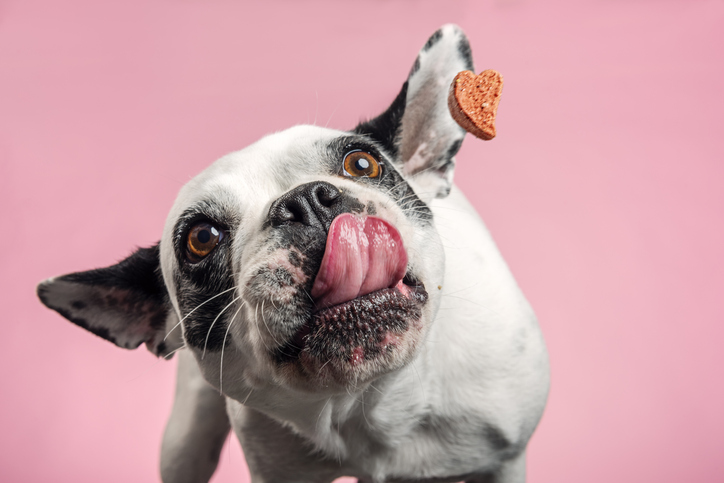
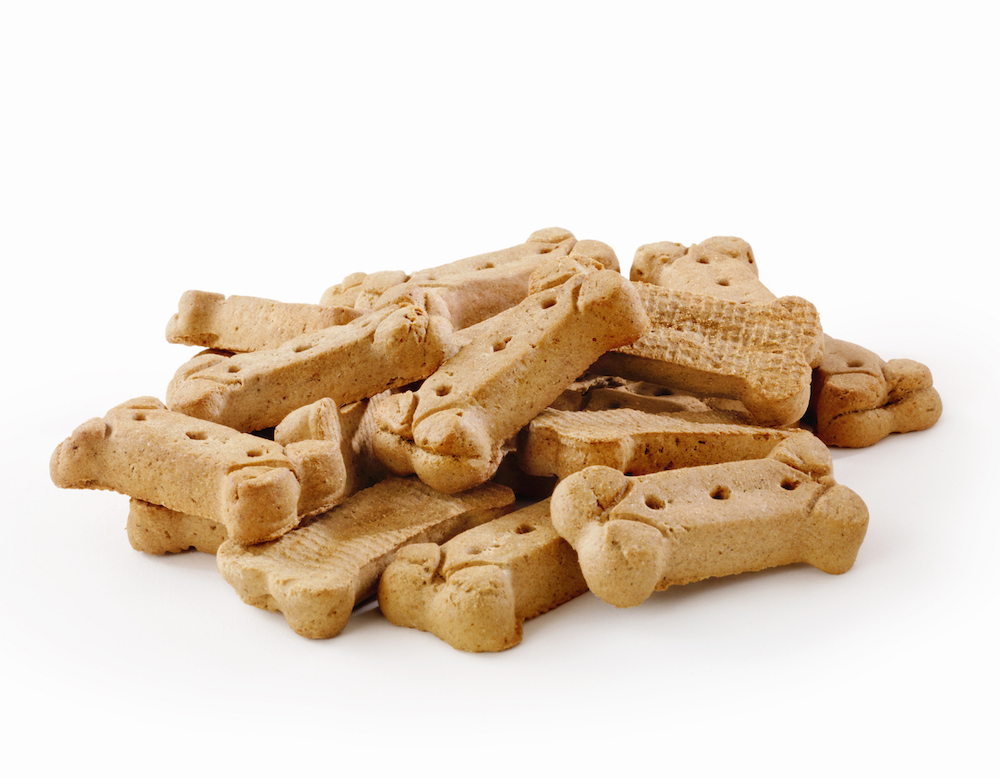
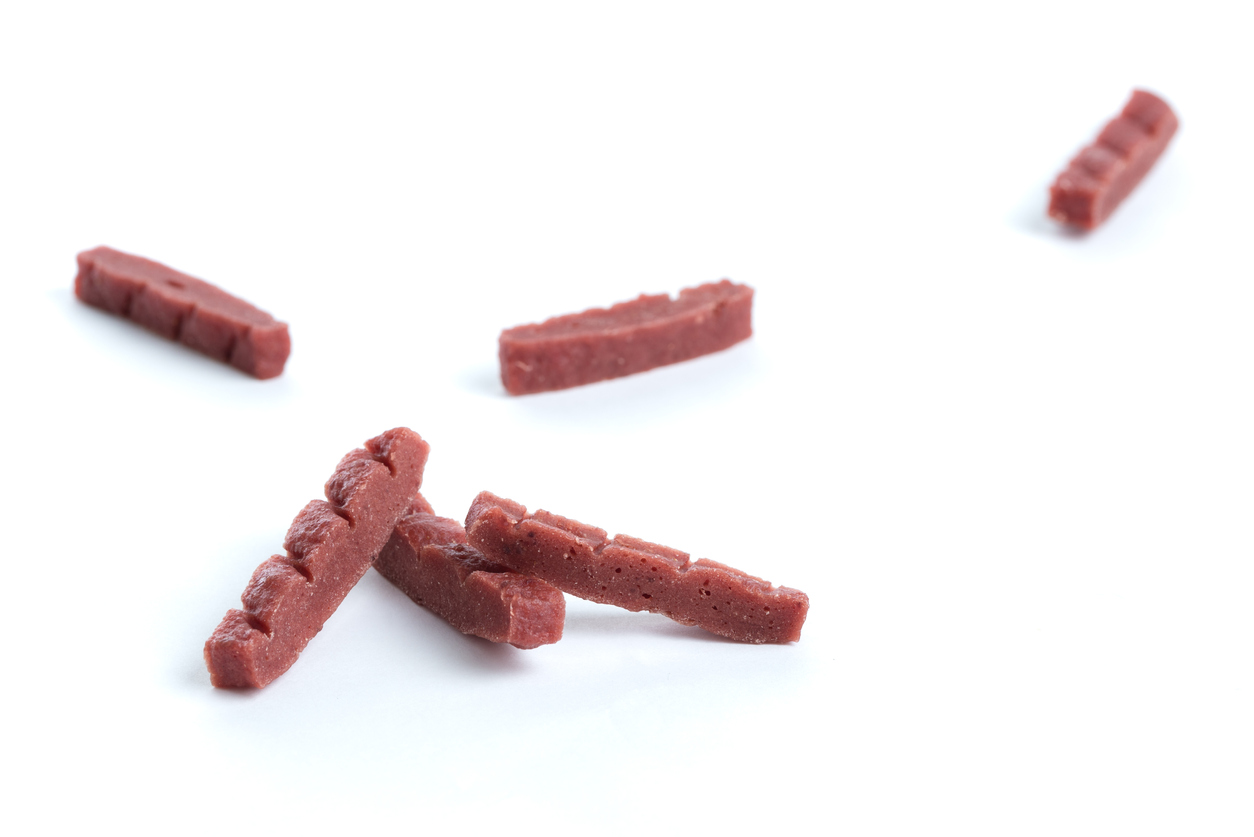
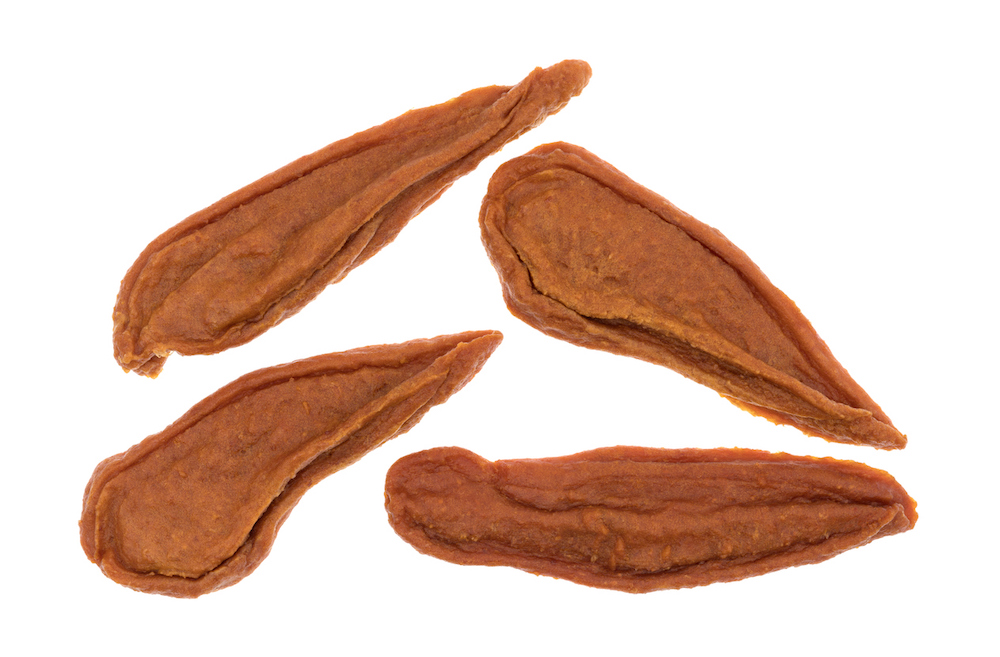
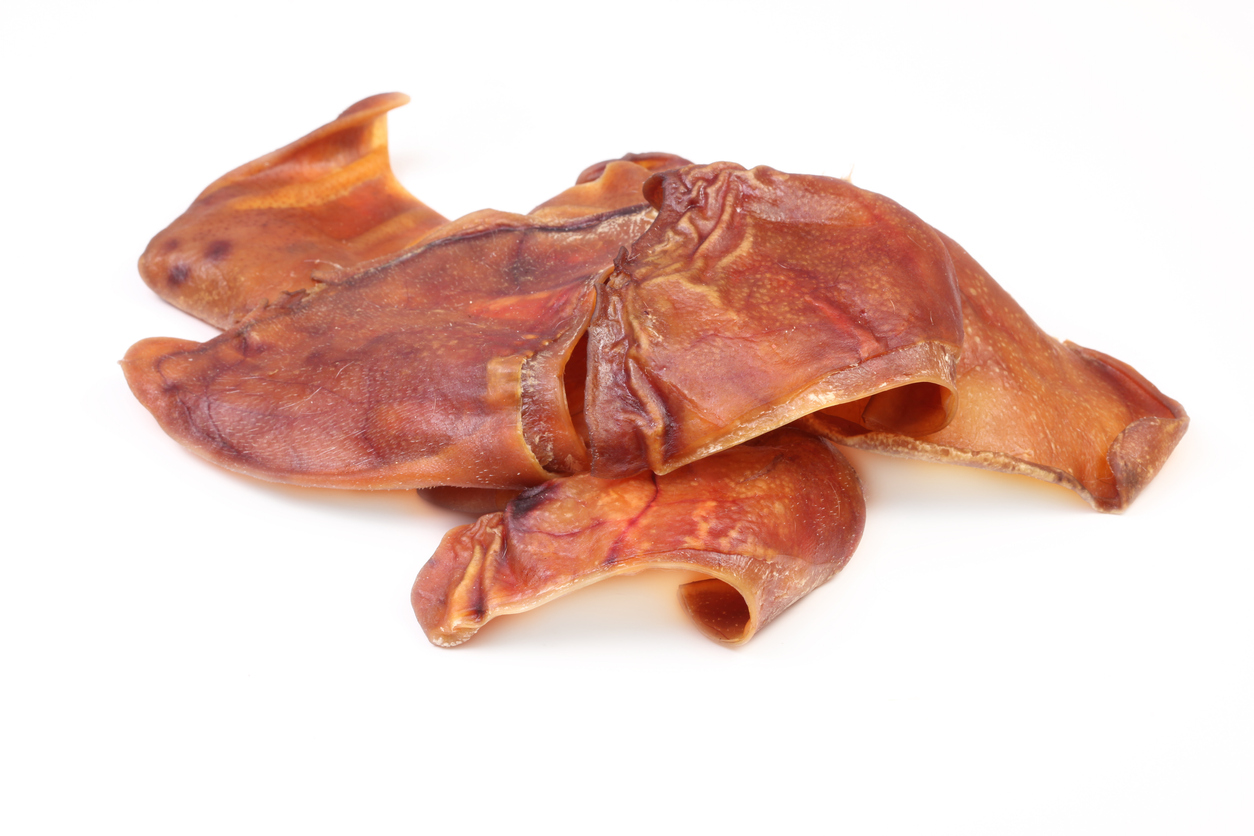

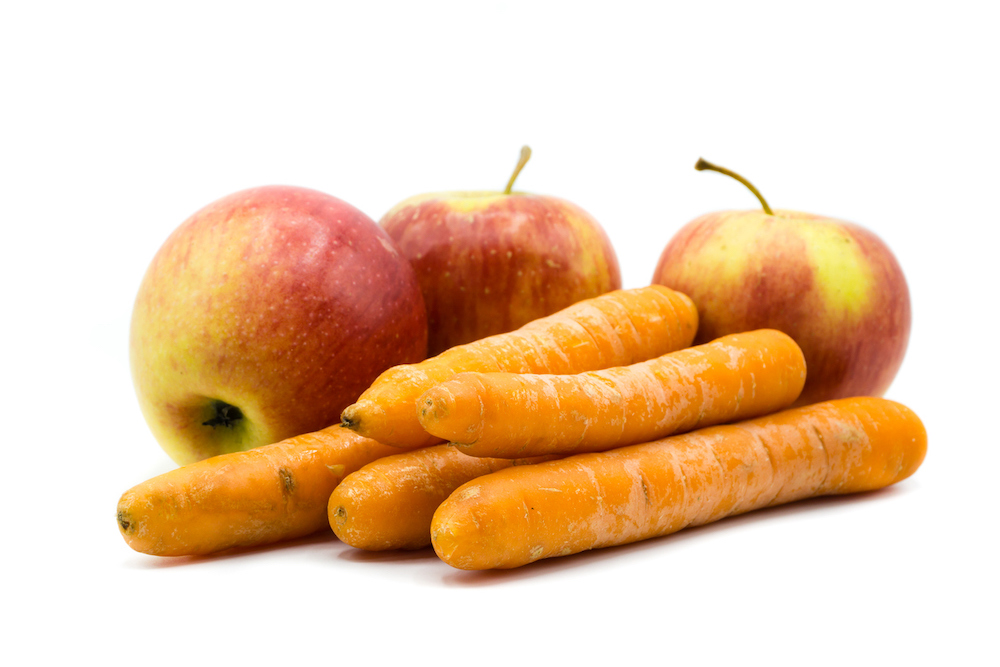
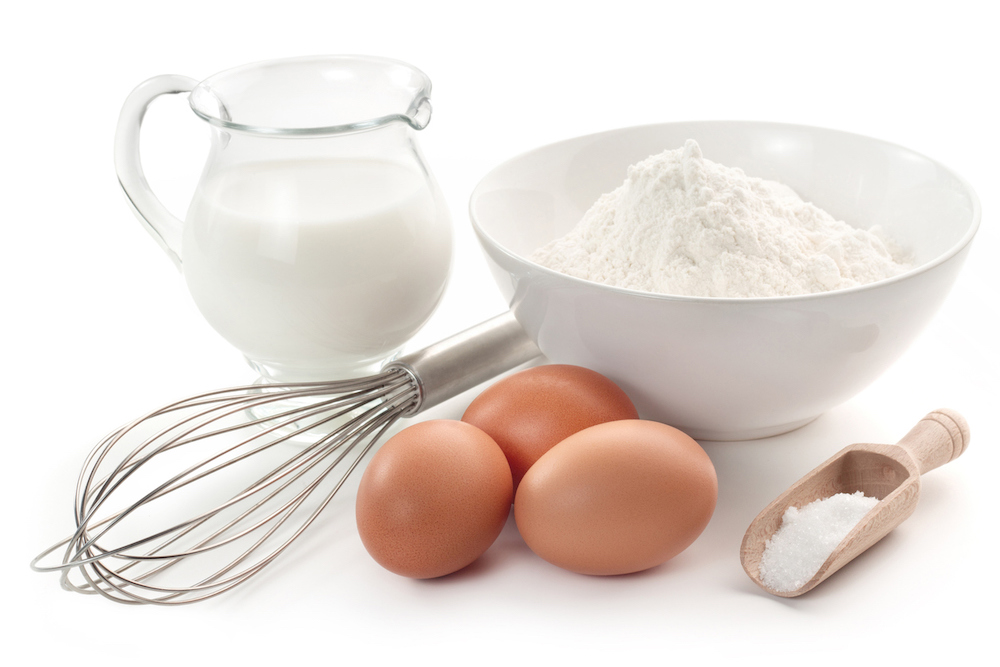

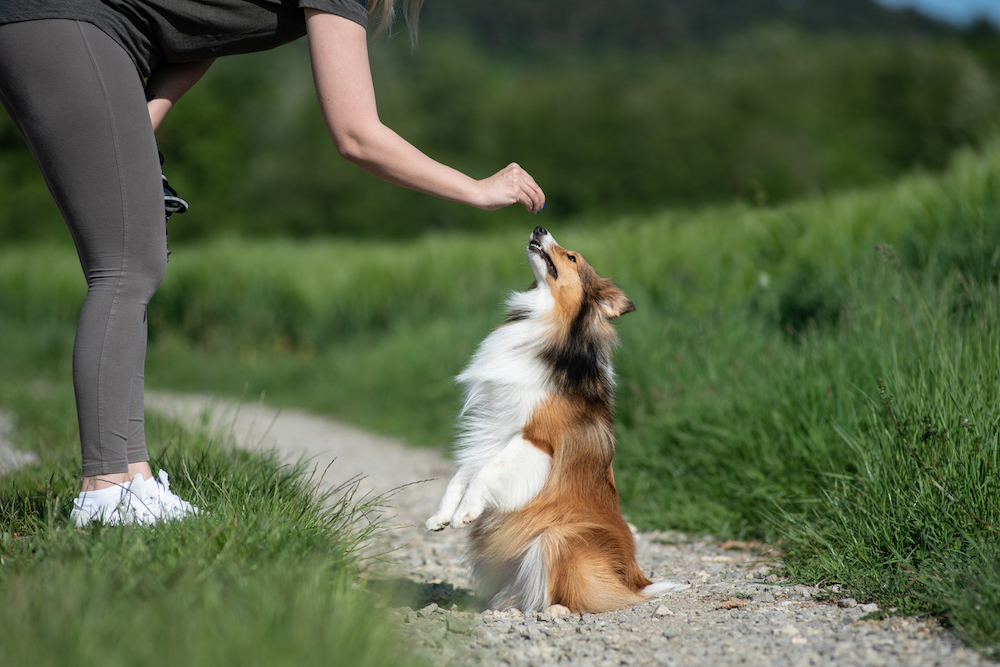

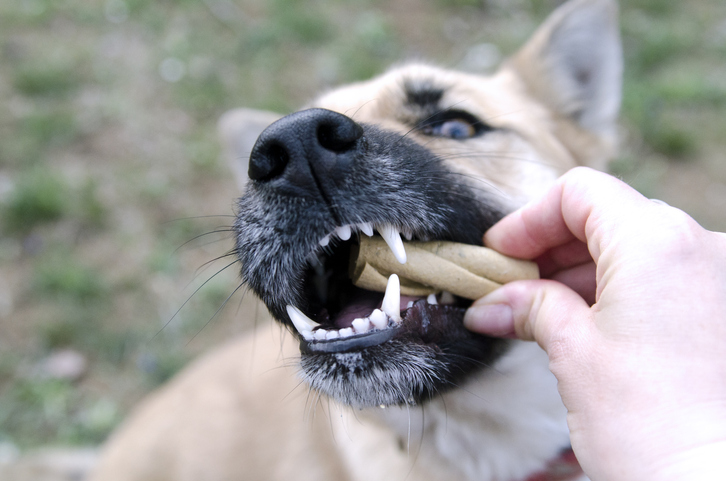
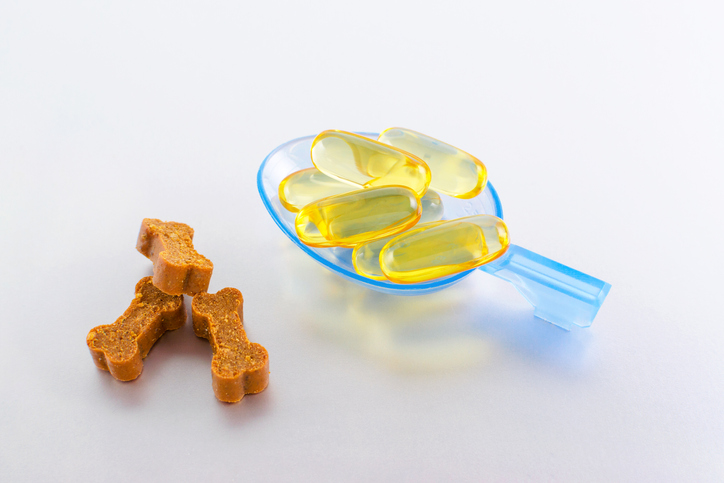
 Dietary Supplements Guide for Joint Health in Dogs
Dietary Supplements Guide for Joint Health in Dogs
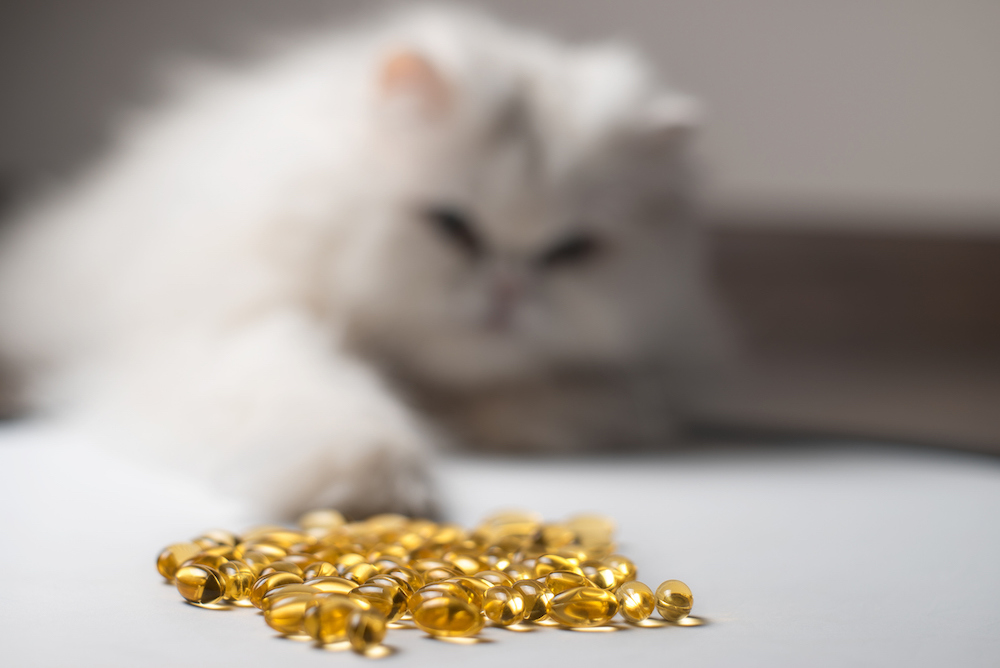 How to Choose the Best Fish Oil for Dogs and Cats
How to Choose the Best Fish Oil for Dogs and Cats